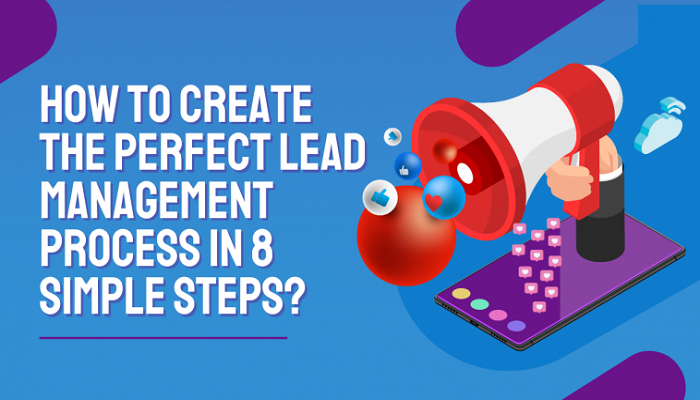In the realm of sales and marketing, the efficiency of lead management can make or break a business’s success. A streamlined lead management process ensures that potential customers are nurtured effectively, leading to higher conversion rates and increased revenue. Here’s how you can create the perfect lead management process in eight simple steps:
Define Your Ideal Customer Profile (ICP):
Begin by identifying the characteristics of your ideal customers. Consider demographics, psychographics, pain points, and buying behaviours. This clarity will guide your lead generation efforts and help you focus on attracting high-quality leads.
Implement Lead Generation Strategies:
Utilize a mix of inbound and outbound lead generation strategies to attract potential customers. This may include content marketing, social media engagement, SEO optimization, email campaigns, networking events, and advertising. Tailor your approach to resonate with your target audience.
Capture Leads Effectively:
Implement robust systems for capturing leads across various touchpoints, such as your website, landing pages, social media channels, events, and webinars. Use lead capture forms, chatbots, gated content, and other tools to collect relevant information while respecting data privacy regulations.

Qualify Leads with Lead Scoring:
Develop a lead scoring system to prioritize leads based on their likelihood to convert into customers. Assign scores based on factors like demographics, engagement level, online behavior, and fit with your ICP. This helps your sales team focus their efforts on the most promising leads.
Nurture Leads through Segmented Campaigns:
Segment your leads based on their characteristics and behaviors, then tailor your communication and marketing efforts accordingly. Use personalized email sequences, targeted content, and automated workflows to nurture leads at each stage of the buyer’s journey, keeping them engaged and moving closer to a purchase decision.
Utilize CRM Software:
Invest in a robust Customer Relationship Management (CRM) software to centralize lead data, track interactions, and manage follow-up tasks efficiently. CRM systems provide insights into lead behavior, streamline communication between sales and marketing teams, and facilitate personalized interactions with leads.
Establish Clear Handoff Processes between Marketing and Sales:
Define clear criteria for when a lead is ready to be handed off from marketing to sales. This ensures that sales representatives focus their efforts on leads that are sufficiently qualified and engaged. Establish communication protocols and feedback loops to facilitate seamless handoffs and alignment between teams.
Continuously Monitor and Optimize Your Process:
Regularly analyze key metrics such as lead conversion rates, sales velocity, customer acquisition cost, and ROI to evaluate the effectiveness of your lead management process. Identify areas for improvement, test new strategies, and adapt your approach based on performance data and feedback from both teams and customers.
By following these eight steps, you can create a lead management process that maximizes the potential of your leads, improves collaboration between your sales and marketing teams, and drives sustainable business growth.


